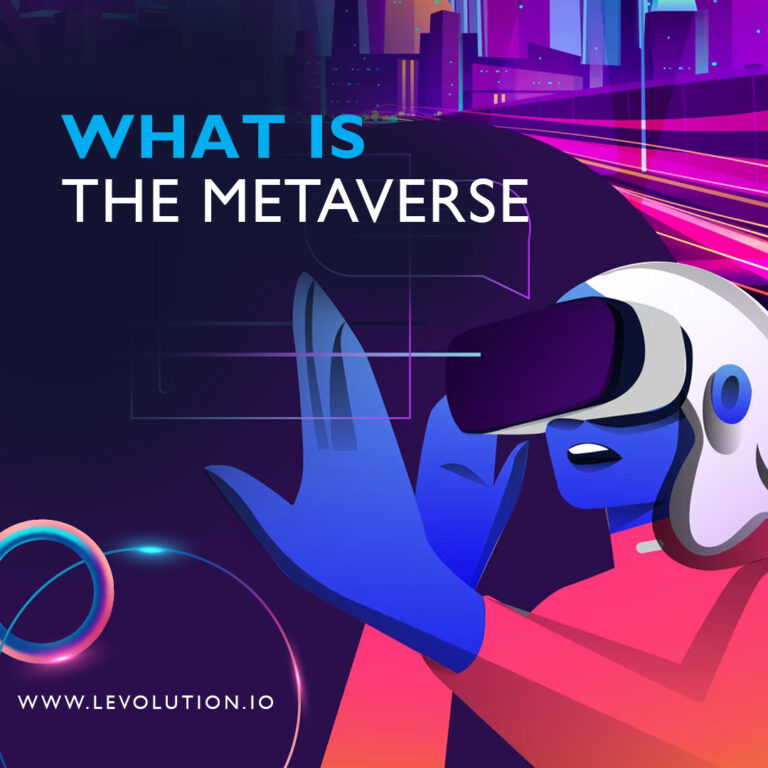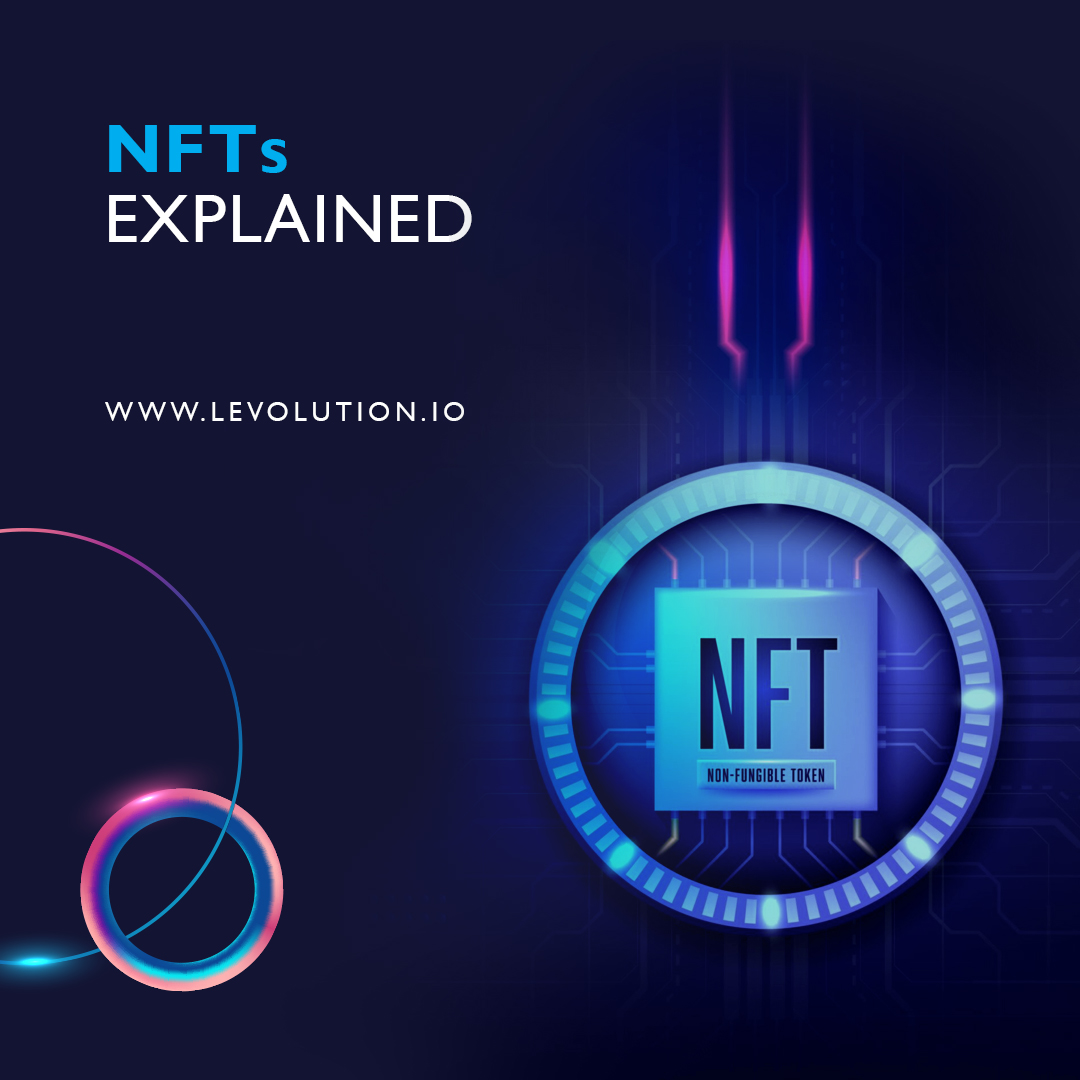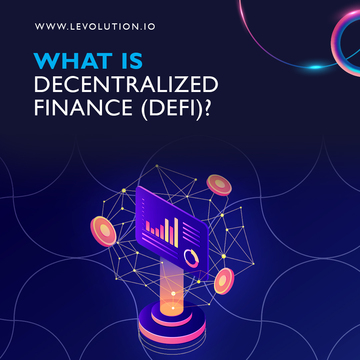• A Blockchain Is a Specific Type of Database That Stores Information in Blocks Which Are Chained Together.
• New Data Is Entered into the Fresh Block, and It Gets Chained Into the Previously Completed Block.
• They Offer a Decentralized Way Through Which Transactions Can Be Facilitated Without Having to Answer to a Central Authority.
• The Blockchain Is Immutable and the Data Which Is Entered on It Is Irreversible.
Ever since the inception of Bitcoin, we have heard the buzzword blockchain going around each and every news media headline that discusses cryptocurrencies and how they function.
The blockchain can be seen as the back-end that powers many cryptocurrency tokens, most of which are developed to facilitate payments.
But the question on everyone’s mind right now is, what exactly is blockchain and how does it work?
Today, we will be taking a deep dive into the world of cryptocurrencies, discuss how Bitcoin works, and give you an in-depth look at blockchain technology as a whole. Let’s dive in.
What is a Blockchain?
One of the simplest ways through which you can view a blockchain is as a public records system that is managed not by a single centralized authority, but by a network of computers that are distributed all across the world. These computers are called nodes, and they have to constantly do work and record all of the updates that occur within the network. The main way through which a blockchain differentiates itself from traditional systems is in the fact that all of the nodes have a copy of the ledger.
Before we dive any deeper, let’s have a quick crash course on what makes a blockchain work. Here’s what you need to know:
• All of the updates within a network need to be stored on the blockchain itself and be easily accessible at any time, so they can be tracked and verified.
• Blockchains, at least decentralized ones, are not controlled by a single entity and are not collectively managed by a set of known stakeholders. No one knows each other when they manage the blockchain, and the computers that manage it are distributed across the globe.
• Once a transaction has indeed managed to get recorded on the ledger itself, it cannot ever be changed.
• Every single user that interacts with the blockchain has to access it with a public address that does not reveal their identity at all.
In other words, a blockchain is auditable, distributed, immutable, and pseudonymous.
With all of that in mind, a blockchain is essentially this trusted record of transactions that is secured through the usage of cryptography.
It all begins with the methods that are used to secure private communication and encryption, where that information gets encoded through the use of cryptography.
Cryptography
Each blockchain is secured through high-level cryptography, which is the method used to secure the private communication and movement of the data on the blockchain.
Cryptography essentially creates codes and ciphers which in turn allow for the transfer of information in a private and secure way. For example, as is the case in the Bitcoin blockchain, if someone wants to send a transaction from address A to address B, the data gets fully encrypted and miners are used to decrypt and solve the cryptographic puzzle so that the transaction can pull through. After that occurs, it gets recorded on the distributed public ledger.
Distributed Ledger
The digital data is protected through cryptography, and all of this is stored in a record that is fully maintained by all of the participants within the said network. This is where we have the distributed ledger.
The main goal of this ledger is to grant users oversight into the maintenance of user data. They are not reliant on a central company, bank, or data center. Furthermore, no central owner has access to any sensitive information about the users who decide to use the blockchain.
As a result of this, a lot of industries and organizations started using blockchains in order to set up a trusted network and streamline any transfer of information, while also getting better record-keeping capabilities which in turn leads to a heightened level of performance and security.
Smart Contracts
These distributed ledgers take advantage of what are known as smart contracts. These smart contracts are most prominently used in blockchains such as Ethereum and govern the business transactions that occur there.
A program can be embedded into a protocol’s code, and can quickly enforce the contract that needs to be implemented by a middleman in traditional financial transactions. Now, given the fact that all of these transactions are governed by smart contracts, when the pre-programmed conditions are met by both parties, the execution on the blockchain is automatic, resulting in the transaction process running a lot more quickly and smoothly when compared to traditional financial institutions.
Blockchain Use-Cases
There are a plethora of use-cases that have been proposed when it comes to blockchain technology. This being the case, many industries have started to adopt cryptocurrencies and blockchain technology.
The result of this has been altcoins, all of which serve a different function and offer a different solution for various issues both in the real world and in the digital world. That being the case, we’ll split them into four categories: cryptocurrency use-cases, financial services, business management, and keeping records.
Cryptocurrency
Bitcoin truly was the first cryptocurrency to bring light to blockchain technology, specifically to mainstream appeal. Blockchains have been primarily used to power cryptocurrencies.
Cryptocurrencies have the ability to be borderless, irreversible, permissionless, and anonymous due to the inherent blockchain technology. In fact, over time, many blockchains have found various use-cases for the cryptocurrencies that power them. In Proof-of-Work (PoW) blockchains, where miners have to contribute computing power in order to validate the transactions, the cryptocurrencies are used as a way of incentivizing the miners to contribute that computing power as they get a valuable token with each successful solution to a complex cryptographic puzzle.
Furthermore, there are also Proof-of-Stake (PoS) blockchains, where the cryptocurrency token is used as a vote when it comes to the blockchain’s governance. The more native cryptocurrency tokens the holder has, the more power they have when it comes to deciding on the future of the blockchain; such as updates, security improvements, and so on. Note that there are a lot more consensus mechanisms out there, but these are the two use-cases that you will find are most prominent.
Financial Services
Next, we have financial services, and these are an obvious use-case due to the fact that blockchains are efficient at governing digital money supplies. In fact, by many, it is estimated that blockchains solve inefficiencies within the financial system, such as bank transactions, clearing & settlements, and other issues which have plagued the financial sector for a long time. This is where we have decentralized finance (DeFi).
Business Management
Blockchain technology even helps when it comes to the reduction of any barriers formed within traditional businesses; as they remove costs and points of failure, as the blockchain itself approves, and keeps track of all of the transactions that occur within the network.
Keeping Records
Speaking of keeping records, many industries have required a much more efficient as well as secure way for managing records while performing and recording complex transactions. From healthcare to real-estate or voting, all of these have been historically handled by centralized data centers which could be at risk of compromise or hacks. Due to the fact that hundreds of thousands of computers have a copy of the blockchain in question, it is impossible to fabricate a fake block or transaction as the computers that have the legitimate version of the blockchain will just remove it as it is not valid.
Storage Structure
As we dive deeper into the blockchain, we have to see how it stores data.
A blockchain collects all of the information that it can in groups, known as blocks, which hold sets of information within them. Each block has a certain capacity of storage available to it, and once it is filled, it is chained into the previously filled block, which forms a chain of data; this brings us to the name “blockchain”. All of the information which follows each newly added block is compiled into a new block, that will then also be added to the block which was just generated.
Furthermore, a database structures its data into tables. A blockchain structures its data into blocks that are chained together. This is one of the main differences, and how you can easily differentiate them.
This system has the advantage of being irreversible, and this means that a block is set in stone and becomes part of the timeline permanently. Every single block has the exact time stored when it was added to the chain, making everything fully transparent.
Security
Discussing the security of the blockchain; all new blocks are stored linearly as well as chronologically. They are always added at the end of the chain. Once they are added, they are permanent, or at least, it is extremely difficult to go back and alter the contents of the block.
This is only possible If a majority of all of the nodes reach a consensus to do so. This is due to the fact that each and every block on the chain has its own hash as well as the hash of the block before it.
Theoretically, if a hacker attempted to steal Bitcoin, they would alter a single copy, this copy would not align with the copy that all other nodes have, and they will notice that the one copy stands out. Then, the hacker’s version of the chain is cast as illegitimate and removed.
This can be only achieved if the hacker were to somehow control and alter 51% of all nodes that operate the network so that the new copy becomes a majority copy that is agreed upon by the chain and recorded. Given the fact that all of the nodes are only public addresses and each of them is located in a different country across the entire world, this is an impossibility, or at least, would require a lot of time, money, and resources.
If this were to occur, the network members will notice it and just fork to a new version of the chain which will not be affected by the hack anyway and carry on things as normal.
The Advantages and the Disadvantages of Blockchain Technology
Blockchain’s potential when it comes to being a decentralized way through which records can be kept has no limits. It has a high level of user privacy and a high level of security, while also managing to lower processing fees and have fewer errors when it comes to what it does. It offers a much higher level of accuracy, reduces costs, is fully decentralized and all of this leads to efficient, borderless transactions that take seconds to process. It is also fully transparent and provides banking functionality to the unbanked.
The blockchain provides improved accuracy when it comes to processing data since it removes human involvement, and the costs are reduced tremendously because there is no third party involved. Its decentralized nature makes it a lot harder to compromise, and all of the transactions are secure, private, and efficient. It has a high cost associated when it comes to the Proof-of-Work (PoW) blockchains as they require a lot of computing power and energy consumption to validate, and it has difficulties when it comes to its regulation. That being said, blockchain technology has truly revolutionized the way we look at finance, and it will only see its use-cases improve and evolve in the future.




